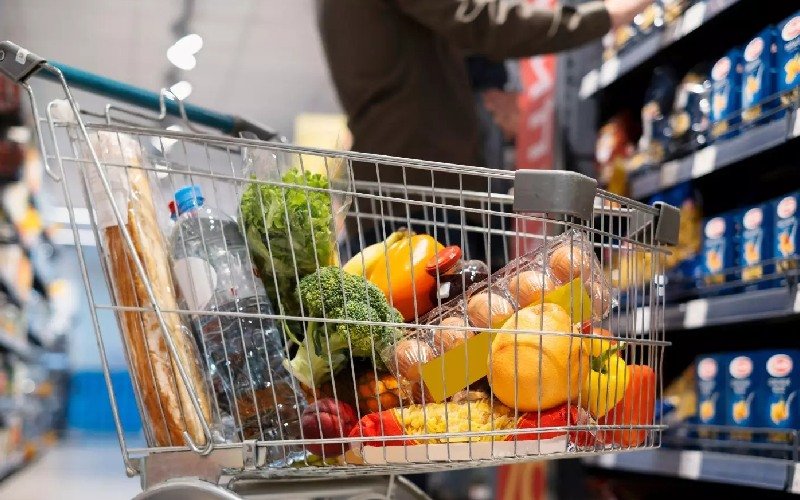
1. High Labor Costs in Australia
Australia has one of the highest minimum wages in the world, impacting the agricultural sector significantly. Farmers and food producers must pay high wages to workers, which raises production costs. Consequently, some farmers may overproduce crops to ensure profitability, leading to surplus food that often goes to waste.

2. Demand Estimation Errors Leading to Overproduction
One of the biggest contributors to food waste is incorrect demand forecasting. Farmers and food suppliers may overestimate the market demand for certain crops, resulting in excess production. When these surplus crops cannot be sold in time, they often spoil or are discarded, leading to financial losses and unnecessary waste.

3. Inflation and Rising Costs
Inflation directly impacts agricultural inputs such as fertilizers, seeds, fuel, and transportation costs. As costs rise, food prices increase, sometimes leading to reduced consumer purchasing power. This fluctuation in buying behavior can cause unexpected food surpluses, which further contributes to food waste.

4. Retail Costs in Urban Areas
Retailers in cities incur high operational costs, including rent, storage, logistics, and wages. These overhead expenses force supermarkets and grocery stores to adopt strict quality control measures. If produce does not meet visual standards or expires before being sold, it is discarded, even if still edible. This systemic waste can be minimized with better redistribution policies.
Improved Demand Forecasting
Better Supply Chain Management
Redistribution Networks
Subsidies and Incentives
Consumer Awareness Campaigns

